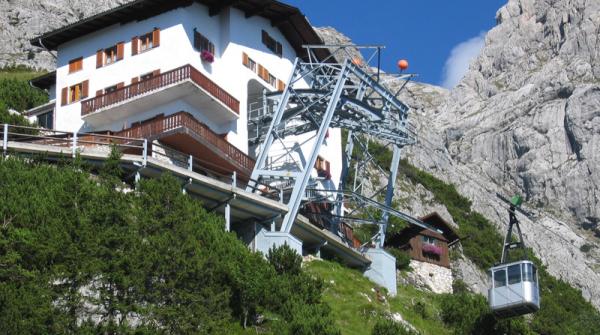Eisriesenwelt Salzburg

History of the ice cave
Until the end of the 19th century, this cave was completely unknown - not least because of its exposed location in the high mountains and also because of the lack of interest in speleology at the time. It was not until 1879 that the Salzburg naturalist Anton von Posselt-Czorich penetrated alone some 200 meters into the darkness of this cave and thus officially discovered the Eisriesenwelt. A year later, he published a detailed report on his discovery in the journal of the Alpine Club. Nevertheless, the cave fell into oblivion again.
Cave formation:
The Eisriesenwelt is a cave labyrinth of over 40 kilometers total passage length. The formation took place over a very long period of time. The first crevices and fissures in the limestone rock were already formed in the course of the mountain uplift about 100 million years ago. Through chemical dissolution processes and water erosion over thousands of years, the underground crevices enlarged and large cavities were formed.
Caves in the Alps are still in a process of development today, although many cave systems - including large parts of the Eisriesenwelt - are no longer undergoing significant development due to desiccation.
Ice in the cave:
There are several systems that cause cave ice. The ice giant world is a dynamic ice cave. This means that the cave passages and fissures form a connection from lower entrances to higher openings that allow a draft of air - for example, as in a chimney.
Depending on the outside temperature, there is either a cooler or warmer temperature inside the rock, which causes a draft of air from the top to the bottom or vice versa due to the different specific gravity in each case. The result is that in winter, when the air inside the mountain is warmer than outside, cold air enters the mountain and cools the lower part of the cave to below 0°C.
Now, in spring, when meltwater seeps in through the rock cracks and enters the supercooled area of the cave, it freezes and forms the magnificent ice formations inside the mountain.